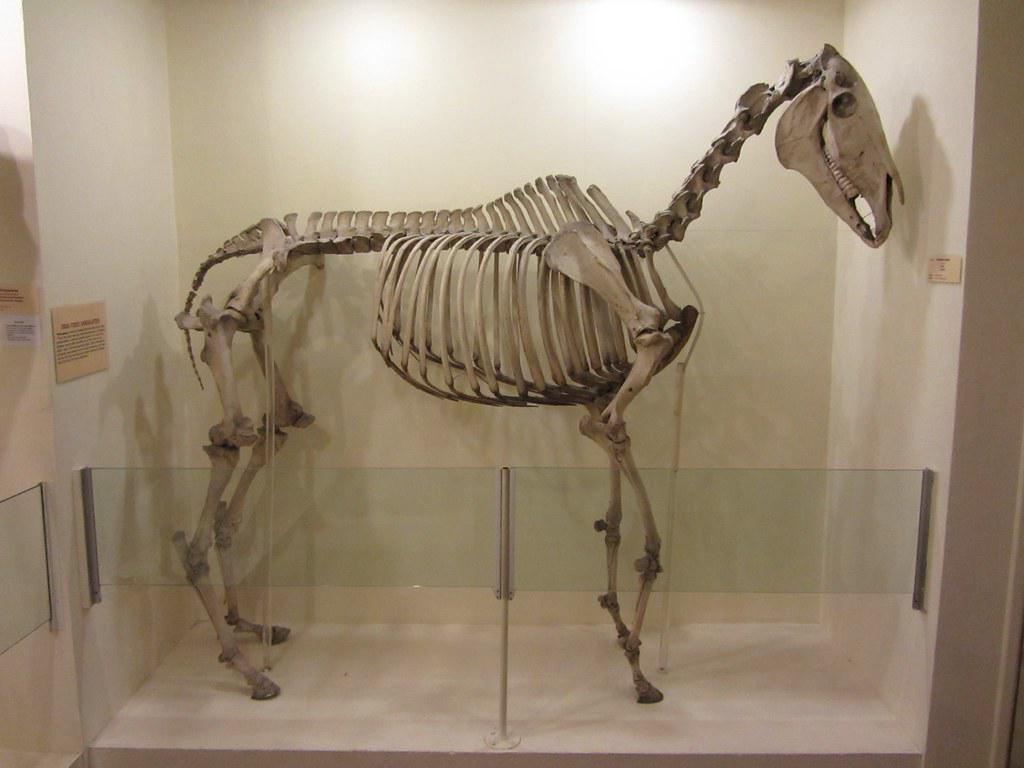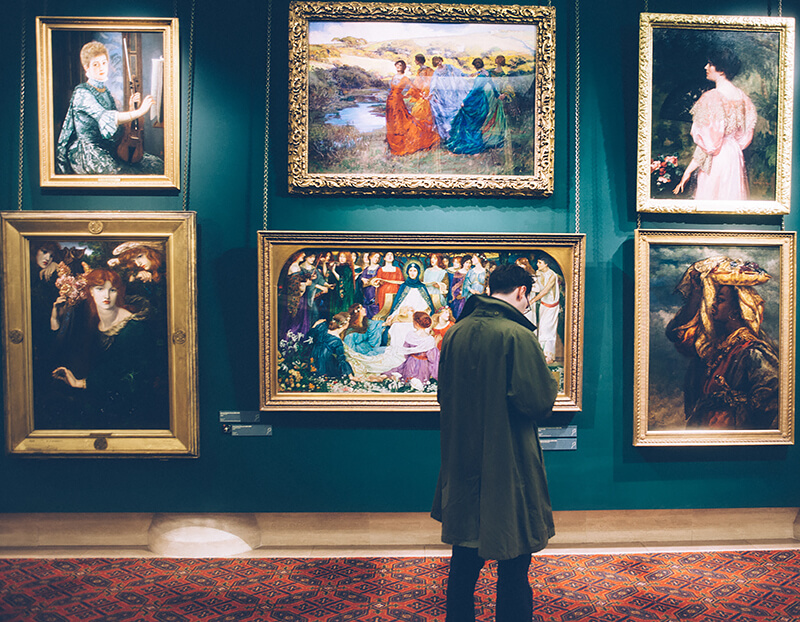Understanding Basic Animal Skeletons
The skeletal structure is the blueprint for an animal's movement and form. Whether it's a cat chasing a string or a horse galloping, the skeleton enables these motions. Animals have elbows, knees, and ankles positioned similarly to ours, reflecting our shared evolutionary history.
Focus on the spine, which provides both stability and flexibility. Compare the straight backbone of a horse, built for powerful sprints, to the flexible backbone of a cat, perfect for acrobatics.
These bones serve as the framework for all other features. Animal drawings come alive when the underlying skeleton is sketched with consideration for how it supports movement or rest. Shoulder blades, or scapulae, are crucial in defining the reach of limbs.
Incorporating skeletons into your art isn't just about accuracy; it's about capturing movement. You don't need extensive anatomical knowledge to start, just an eye for how bones support muscles and skin. As you sketch, follow the line of a dog's front leg from the anchored scapula through the humerus and radius, observing the elbow's bend that allows the paw to reach or rest.
Remember that quick sketches can serve as your guide. Rapid drawings often capture motion and energy better than precise lines. Think of it as teaching a skeleton to dance, each stroke a step toward understanding how creatures move and thrive.

Incorporating Gesture Drawing Techniques
Gesture drawing infuses static skeletons with life, transforming anatomical sketches into dynamic expressions. It captures the essence of fleeting moments, like a wolf mid-lunge or a bird at the apex of flight.
Begin with a loose approach. Gesture drawings are quick, often lasting no longer than a minute or two. With animals, it's about capturing both physicality and spirit of motion. Whether it's a bucking bronco or a gliding sea turtle, this technique lets you channel vitality over accuracy.
In practice, gesture lines follow the invisible choreography powering an animal's body. Draft the sweeping line of a deer leaping through brush, or capture the coiled tension of a cat's pounce. Each stroke suggests potential energy ready to be unleashed.
"Gesture drawing isn't about precision; it's about intuition. Trust your instinct, allowing yourself to 'see' the movement before you render it."
The beauty of gesture lies in its liberation from detail, focusing instead on dynamics and tension. It's an exercise in empathy, requiring you to inhabit your subject's physical world. Even the simplest strokes can summon expressive power, animating the page with sketches that brim with potential.
With practice, you'll find that these swift drawings infuse your work with a fluidity that captures the heart of your subjects, proving that sometimes, grasping movement is more about feeling than specifics.
Exploring Animal Muscle Structure
Examining animal muscle structures reveals the hidden machinery powering these creatures. Muscles are the silent orchestrators, painting the body with subtle shadows and contours that hint at underlying strength and agility.
Consider the sinewy build of a greyhound versus the powerful musculature of a pit bull. The greyhound's streamlined physique speaks of an existence made for the chase, while the pit bull's compact, powerful build reflects raw strength and endurance.
In the feline world, the fluidity of a cat in motion seems almost otherworldly. Beneath its fur, muscles stretch and contract with finesse. Cats present a challenge to capture the interplay of light and shadow that dances across their sleek bodies.
Horses epitomize the grandeur of anatomy, where each movement becomes a display of power and elegance. The visible ripples of muscles beneath their short coats reveal stories of journeys across plains and gallops under open skies.
The challenge lies in translating these physical nuances onto paper. While anatomy books provide foundations, observing animals in their natural moments unveils the true power of muscles in bringing forth the story of their lives.
Remember that in these details lies the power of suggestion. Not every muscle needs precise depiction; sometimes, a mere hint of a line can invoke latent strength or delicate grace. With this understanding, your sketches can capture not just movement but also the silent language of anatomy.
Practical Sketching and References
Regular sketching exercises using references hone your ability to translate the three-dimensional world onto paper. Animals, with their varied forms and intricate movements, become excellent subjects for this practice.
Sketching from references isn't about creating perfect replicas but interpreting what you see. References can be diverse:
- A fleeting glance of a squirrel's leap
- A photograph of an animal in stride
- Anatomical diagrams
Each serves a unique role in training you to observe, adapt, and apply.
Whether you're at a zoo or exploring digital resources, invite the nuances of texture, light, and shadow into your sketches. Experiment with different tools – from pencils to pastels – as each medium offers its own approach to conveying life.
Consider joining collaborative settings where peer critiques can illuminate blind spots and highlight unseen beauty. These gatherings can spark creativity and mark your evolution from novice observer to nuanced artist.
As you sketch, you're not just capturing anatomy but also the implicit tales of survival and grace. You're freezing moments in time – play, stride, flight – with your pencil tracing the arc of movement.
Through regular practice, these sketches become a chronicle of your growing capabilities. Eventually, your mind's eye will furnish the complex structures necessary for creating lifelike renditions, even without immediate references. In that moment, your art becomes untethered and expressive, free to articulate the silent power defined in every line and shadow.
Capturing animal anatomy intertwines observation with imagination. Understanding skeletal and muscular structures allows artists to breathe life into their creations. By focusing on movement and gesture, one can transform static sketches into dynamic expressions that tell stories beyond the page.
- Hamm J. How to Draw Animals. New York: Perigee Books; 1983.
- Famous Artists School. How to Draw Animals. Westport: Famous Artists School; 1960.
- Hultgren K. The Art of Animal Drawing: Construction, Action Analysis, Caricature. New York: Dover Publications; 1993.
- Ellenberger W, Dittrich H, Baum H. An Atlas of Animal Anatomy for Artists. New York: Dover Publications; 1956.
- Bammes G. The Artist's Guide to Animal Anatomy. New York: Dover Publications; 2004.























